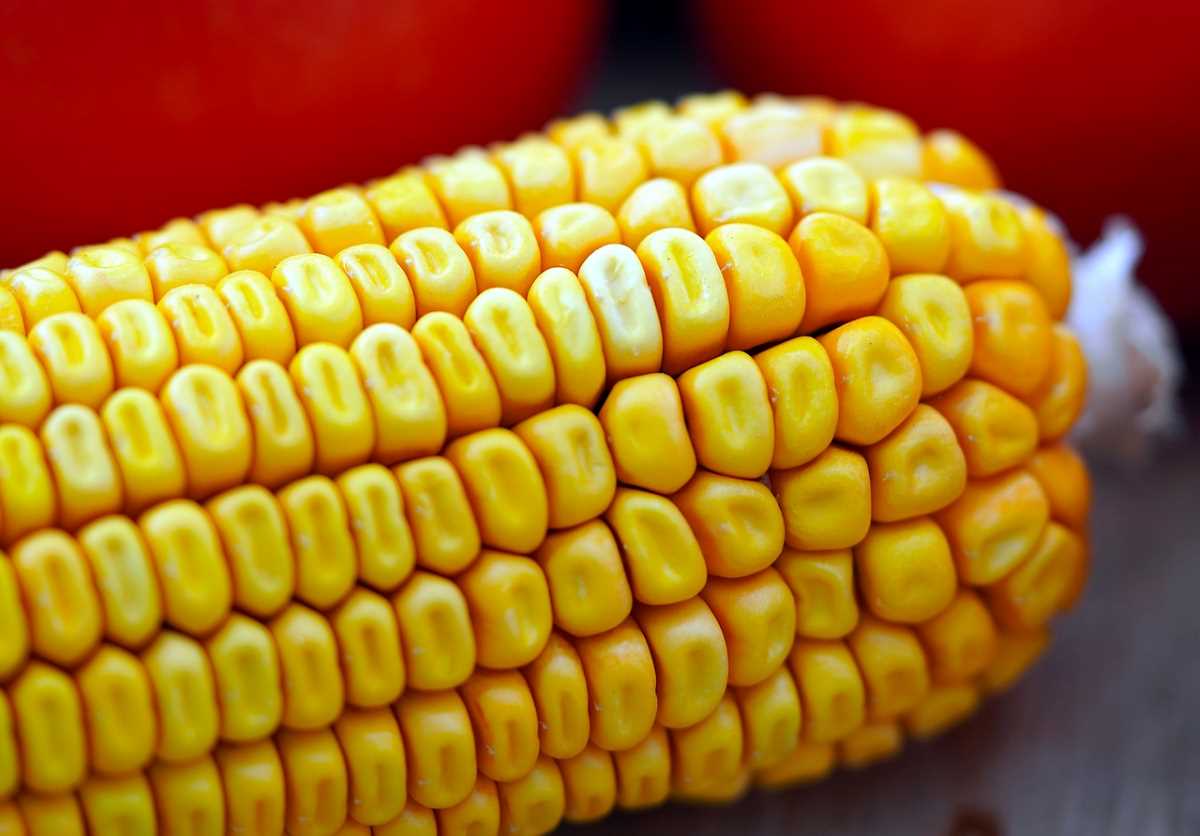UNAM's Puma Maize Steps Up for Mexico's Food Security
UNAM's groundbreaking Puma maize varieties offer Mexico a chance to reduce maize imports & avoid GM maize consumption. A vital step towards self-sufficiency & healthier agriculture.

In a significant breakthrough, scientists at the National Autonomous University of Mexico (UNAM) have unveiled three remarkable varieties of yellow maize that could turn out to be a game-changer for the nation. The new maize types, named Kuautli Puma, Mistli Puma, and Coztli Puma, have been carefully developed to address the pressing issues of overreliance on maize imports and the potential health hazards associated with genetically modified (GM) maize consumption.
Professor Margarita Tadeo Robledo, a prominent researcher and coordinator of UNAM's maize breeding program, explained that the inspiration for this innovative project arose from the necessity of having diverse seed varieties that can thrive in various ecological regions across Mexico. Simultaneously, these new varieties aim to tackle the critical challenge of reducing yellow maize imports that are primarily utilized for livestock feed and industrial purposes, while some even end up being consumed by humans.




